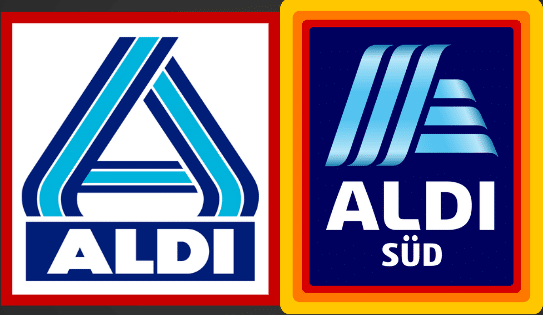In January 2019, data science company dunnhumby released the results of an online survey of around 7,000 U.S. households regarding the U.S. grocery industry. (Dunnhumby is a subsidiary of Tesco, a UK-based grocery company that does not currently have a presence in the U.S.) The survey analyzed the preferences of shoppers across a number of categories, including price, quality, digital presence, and speed. Over 55 grocers were included in the study.
The entire report can be downloaded for free, but here are a few key insights from the study, with particular focus on Aldi and Aldi’s distant cousin, Trader Joe’s.
1. When it came to price, Aldi was #1, while Trader Joe’s was #7.
It probably won’t surprise anyone to know that Aldi was top-ranked when it came to price, even over warehouse clubs like Sam’s Club (#13) or Costco (#5). The study noted that Aldi’s private labels are a big reason behind this. The study also noted that, because Aldi is a large multinational company, it has the financial muscle to push back against price competition from large competitors like Walmart and Amazon. Trader Joe’s also gets credit for being in the top ten, just behind Walmart.
The study notes that price remains one of the biggest factors for shoppers, even upper-income shoppers.
2. Trader Joe’s was #3 in quality.
Coming in right behind Wegmans and The Fresh Market, Trader Joe’s received high marks for quality. The study considers quality to include both quality food and a clean, upscale, high-end look and feel. Aldi did not make the top quarter of grocers in this category.
3. Aldi was #2 for speed, while Trader Joe’s was #7.
Aldi shoppers will be the first to tell you that Aldi is fast … so fast, that occasionally shoppers complain about how fast Aldi is. (For the record, we’re fans of the speed.) In the study, the only company to come out faster on speed was Amazon. In other words, the only checkout faster than Aldi’s humans were Amazon’s machines.
Trader Joe’s also gets credit for being in the top ten, coming in just behind Food Lion and ahead of Target.
4. Neither company made the top quarter for three of the categories.
Neither Aldi US nor Trader Joe’s has much of a digital sales presence, other than Aldi’s arrangement with Instacart. Instead, both companies focus on the brick-and-mortar experience, which both do to great profit. The study points out that many shoppers still prefer buying groceries in person, so this is not the most important of metrics. Nevertheless, in a category where Amazon and Target are #1 and #2, Aldi and Trader Joe’s are nowhere to be found.
The two companies also were missing from the discounts, rewards, and information category as well as the convenience category. These are also not a surprise, since neither store does much in the coupon category, and, as small-inventory stores, they aren’t one-stop-shops the way, say, Walmart is.
5. Overall, Trader Joe’s came out #1 in the composite rankings, while Aldi ranked #11.
Here’s what the study had to say about Trader Joe’s:
Trader Joe’s is a prime example of a retailer making trade-offs in order to deliver superior Value, and it has earned them the top spot in our rankings two years in a row. With its small format, lack of Digital shopping and limited national brand offering, the retailer focuses on speed of in-store shopping and having a rich Private Brand offering. This bricks and mortar only, Private Brand approach minimizes costs and keeps prices low, allowing them to pad margins and reinvest in Customer service, product quality and in-store experience. This strategy sacrifices reaching Customers through a growing Digital channel and breadth of assortment – particularly in non-food items – and therefore Trader Joe’s loses on one-stop shop-ability and convenience. However, this loss is also their gain, since it allows them to be excellent at what matters most to their Customers.
Aldi doesn’t fare as well overall, but it’s still considered to be in the top quarter, just behind Walmart. Notably, as we’ve already pointed out, in areas such as price and speed, Aldi remains one of the best. We also think that some of the points made about Trader Joe’s also apply to Aldi, which is aiming to become America’s third-largest grocer in the next few years.





I will take a little slower at check out, which INCLUDES packing the groceries in free bags or, bring your own, over the fast tossing of delicate foods into my cart randomly in a pile, which I have to pack later either into crappy boxes, my own bags, or my trunk from a cart I have to always return for my 25 cents back (versus a closer cart coral in the parking area).
But, Aldi is now better, IMO, then Trader Joe’s — a store I have shopped at since 1987. Aldi has come a long way from a midwest discount store only Amish people shopped at to, not a bad store with decent, if not broad, selection. But I look forward to Lidl. Just one in my state so far and too distant. When one is closer, TJs and Aldi and the rest should up their game for sure.